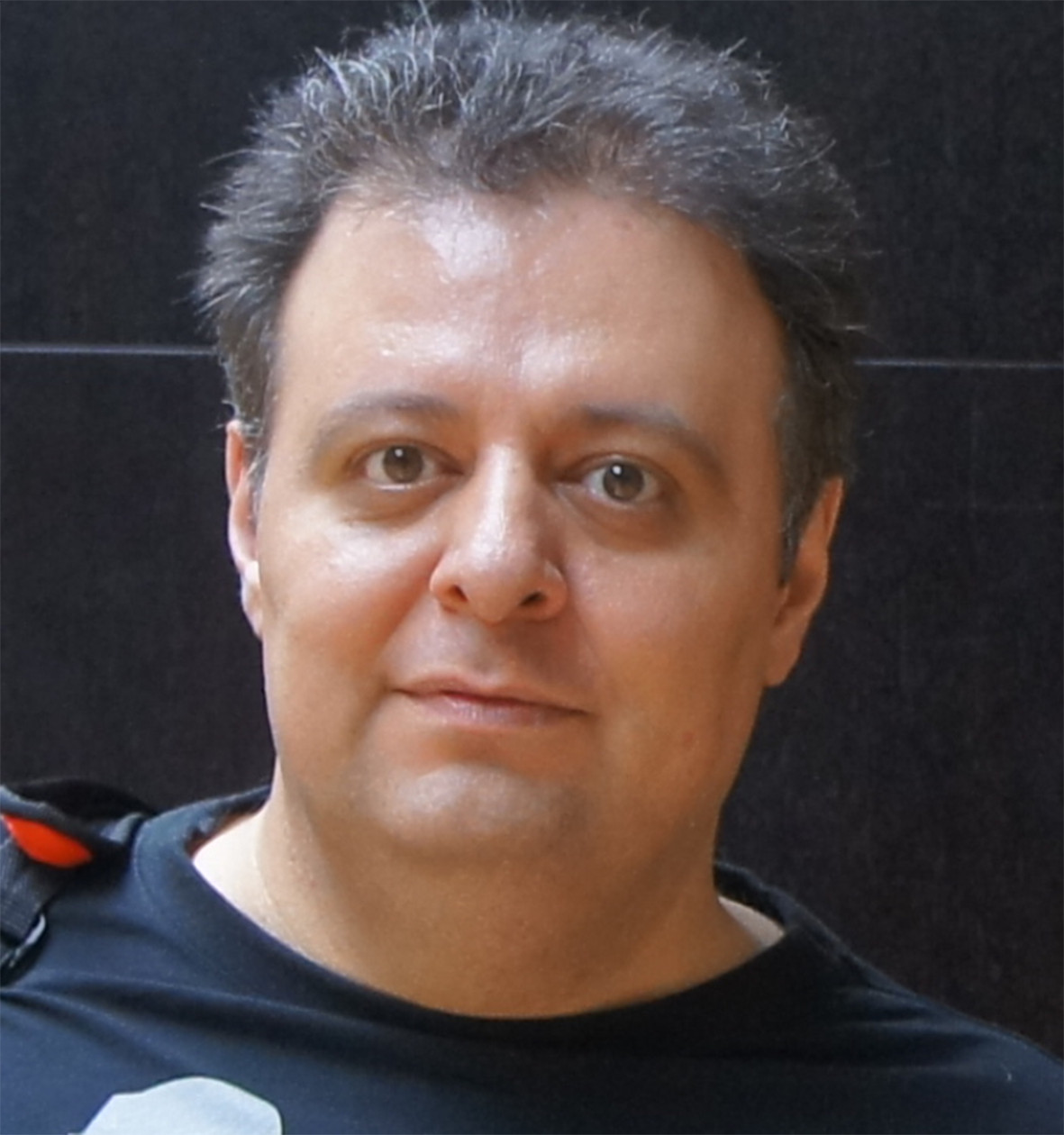The Pictures in a Lost Mirror
The Pictures in a Lost Mirror
On Bahram Beizai’s TRAVELLERS
Kamyar Mohsenin
“Mirror does not flatter” as Jung indicated. But it always does not reflect our own true face. Sometimes it immediately finds a path into the unconscious, into the hopes and into the dreams. Thus as observed in Plath’s “The Magic Mirror”, it reflects the double personality hidden beyond the persona. In Bahram Beizai’s TRAVELLERS, the faces behind the masks are magically portrayed in a lost mirror.
With a Brechtian devise, Beizai starts his film when Mahtab (Homa Rousta) turns to the camera and says, “We are going to Tehran to attend my sister’s wedding. But we never reach there. We will be all dead in an accident on the road.” Everyone hears the news in disbelief, but trying to compromise with the so-called truth, they start to show their true faces behind the masks. Everyone does so, but Grandma (Jamileh Sheikhi) who believes that they are still alive as the mirror used in the weddings of the daughters of the family in the different generations is not found on the accident location. The house also changes from the setting of a wedding to a platform for a funeral.
Most of the film is formed in the complicated mise-en-scène for a group of characters, inspired by shi’ite passion plays, Ta’zieh. This way a ballet of the movements of the performers and the camera brings to life with some unique aesthetic concepts. In these scenes, all the characters, but Grandma, are hidden behind their masks. But in the solace of two characters, the true faces are ultimately revealed. Enhanced by deep and sincere emotional performances, the solace scenes are devised without any figurative and decorative facades in static medium shots. Relied on the strong dialogues written by Beizai (one of the most powerful playwrights in the Iranian history), the solace scenes come to an unforgettable duet when Mastan (Simin Maotamed Aria) talks to her husband, Mahu (Majid Mozaffari), about the hidden secret of their life.
The film is badly hurt when these two concepts are forgotten – for instance, in the playful movements of the bride, Mahrokh (Mozhdeh Shamsai), in the first scenes, and her nightmare sequence – however there were some critical attitudes towards the performance of the main actress, it is evident that the creative ideas were not in place to shape these scenes as powerful as the rest of the film.
TRAVELLERS depicts the truth about a nation accustomed to wear masks when appearing in the public even in the critical circumstances – something much more realistic than all the Iranian docudramas offer to their audiences…
K.

Leave a Reply
You must be logged in to post a comment.